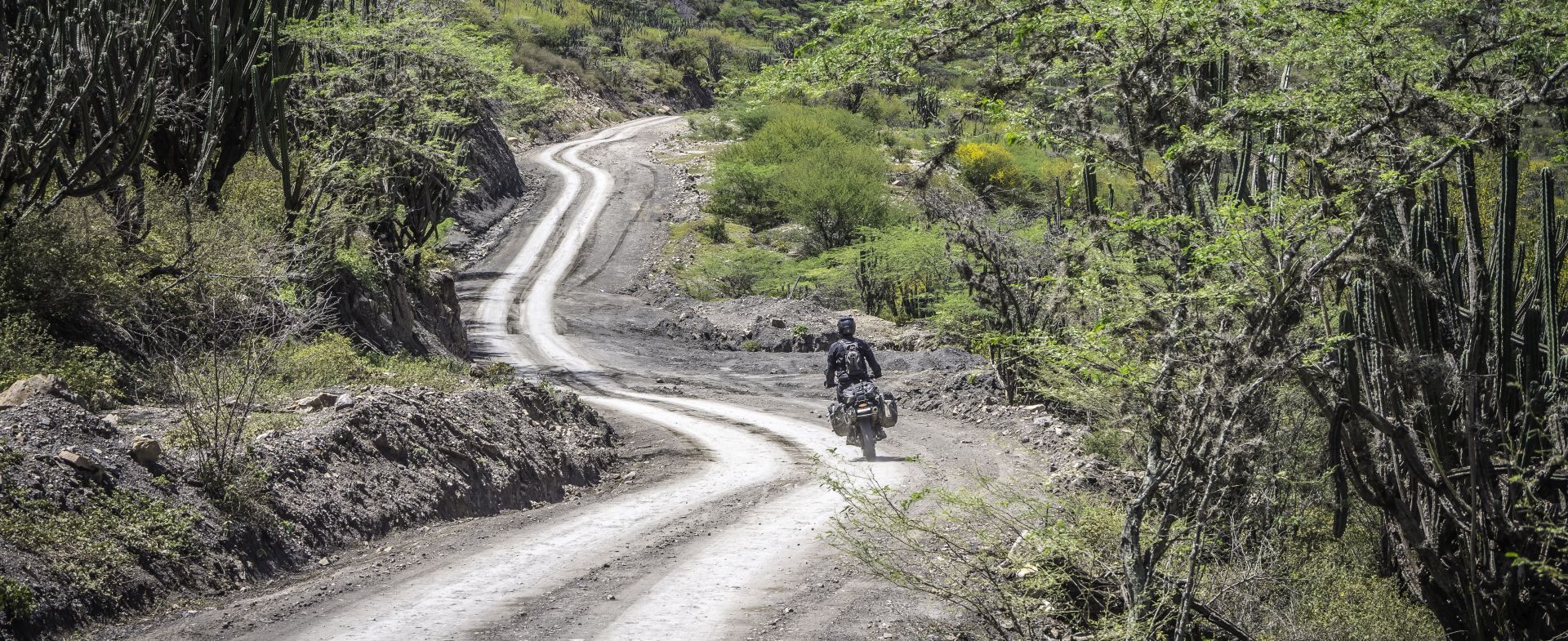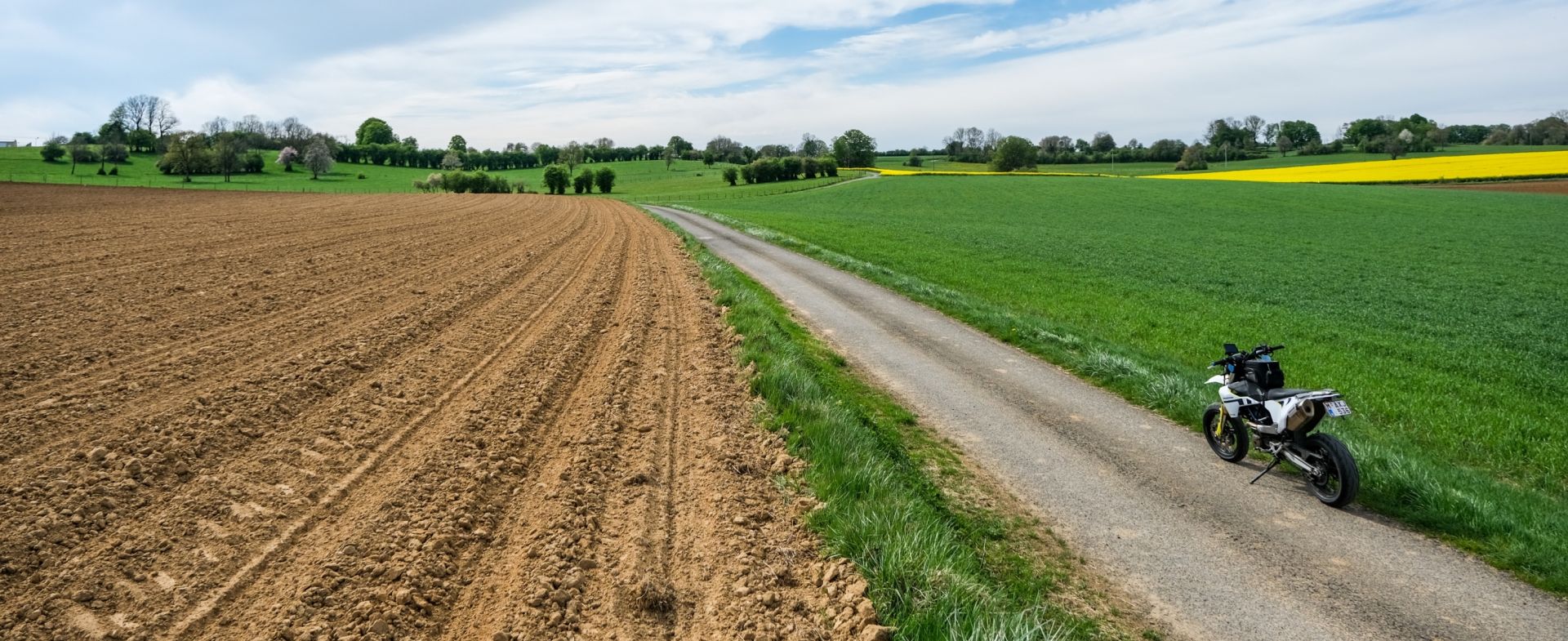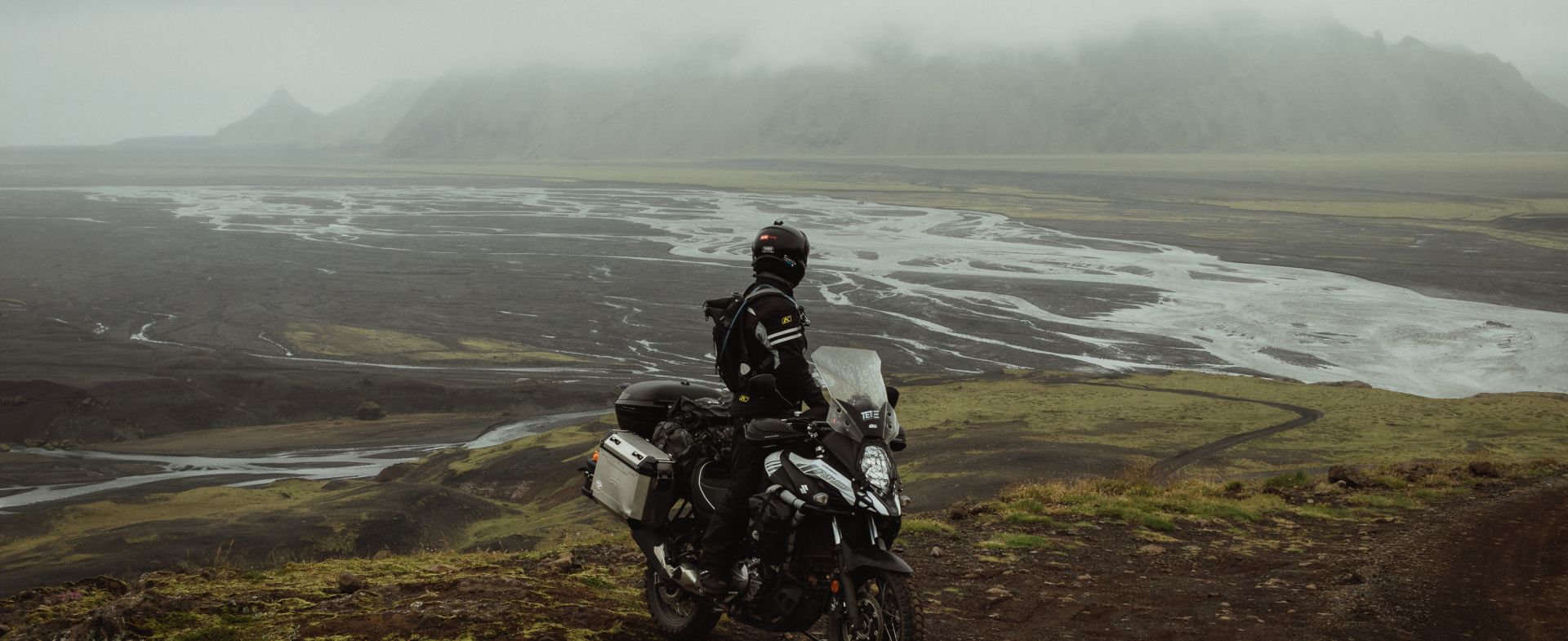“Cancha de Tejo” was one of the sketchiest bars in Villa de Leyva, a small, touristy town in the heart of the Chicamocha Canyon, Colombia. Filled with seasonal construction workers, farmers, and some unsavory local characters, “Cancha de Tejo” was a place where Villa de Leyva’s working-class men gathered for two things: beer…and dynamite.
RTWPaul: Best Off-Roading in Colombia - Eastern Andes
Motorcycle Diaries
Sitting behind a dark wooden table, its surface covered with a thick patina of sweat, stale tobacco, beer, and calloused hands resting on it for years, I listened to loud explosions nearby.
“Tejo is a very old game here in the Boyaca department”, Nestor Vargas, the bar’s owner, told me as he deposited another dark bottle of Poker in front of me. “It’s simple. Players throw the tejo, a round, smooth rock, at a clay target littered with small dynamite-filled envelopes. You hit the dynamite and it explodes, you get three points. First team to get 21 points win”, Vargas explained.
His tejo hall right next to the bar was brimming with action, watched by a lone green parrot tethered to a wooden beam. Men aimed carefully, faces contorted with concentration, and hurled the tejos at the targets, frequent explosions followed by cheers and applause. Animated banter, cigarette smoke, and clinking beer bottles dominated the hall. Vargas did not charge players for the game, but each team had to purchase at least half a case of beer to be allowed to play. On a good night, Vargas said, he sells around 40 cases of beer. “It’s a place for the men to unwind, you know? They work hard all week long, and on Fridays, they come here to drink, talk, and play tejo”.
“Cancha de Tejo” was as removed from Villa de Leyva’s touristy, pristine-clean, and tranquil reality as possible. The town’s historical center was a beautiful colonial maize of perfectly restored buildings and cobblestone streets lined with dainty gourmet restaurants, chocolate shops, fondue places, and hipster bars; the main plaza was picture-perfect, and the town’s atmosphere was that of friendly hospitality and charm. Here, among the tejo players, gone were the layers of an idyllic façade – but the hospitality remained, something that was constant throughout all of Colombia.
I started out in Villa de Leyva to explore some of Colombia’s best off-road trails and connect with the locals. Chicamocha Canyon and the surrounding areas are well-known among local riders (and virtually unheard of among foreigners who typically stick to the Panamerican Highway routes), and I wanted to see what the undiscovered regions of the country were like.
The Cepita Loop
Although the towns of San Gil and Villa de Leyva are increasing in popularity because of their proximity to Chicamocha Canyon and the various outdoor activities offered to tourists – rafting, zip-lining, quad tours, and the like – you only need to veer slightly off course to find yourself in untouched country. Taking a small winding road down the canyon towards a small village of Cepita, I felt like I’d left the touristy Colombia behind as soon as I rounded the first switchback.
The narrow mountain track was mostly dirt with a few cobblestone sections here and there, leading down into the depths of the canyon where River Umpala was moving its slow waters across the hot canyon bed. On the banks of the river lie Cepita, a quiet, tiny little pueblo where foreigners are a welcomed but unusual sight.
From Cepita, there’s an excellent mountain trail leading towards San Andres. You won’t find it on Google Maps, and your best bet is to ask the local police to point you in the right direction. It’s an obscure little dirt track crossing the mountains, but the views and the riding here are nothing short of phenomenal.
Next up, head for the towns of Capitanejo and Mogotes. While there are paved roads connecting these pueblos, you can take the smaller dirt roads and have your fill of adventure: rugged mountain faces, canyons, and sheer drops abound here, revealing jaw-dropping views around every corner. The tracks are mostly packed dirt with some muddier pockets here and there, and you may encounter some fallen rocks along the way. Watch out for local farmers, loose animals, and dogs on the trail, and be sure to strike up a chat with the locals when you stop for a break.
Even if you don’t speak Spanish, you’re likely to get a heartfelt handshake and a branch of limoncillo – local fruit resembling a weird but delicious cross between a lychee and a lime. Locals are excited to see travelers in their villages, as this region is only starting to open for visitors now after years of instability and turmoil.
From Mogotes, you can head back to San Gil. Instead of staying the night in San Gil, however, aim for Barichara, a town that’s much less crowded, older, and much more intriguing to explore.
El Cocuy and Ritacuba Glacier
If you have the time, El Cocuy National Park is a must-ride in Colombia, and it should be your next highlight after Chicamocha Canyon. El Cocuy is home to Colombia’s largest glacier, the Ritacuba, which is visible within the boundaries of the Park on a clear, sunny day. The Park has an entire labyrinth of off-road tracks open for motorcycle riders, and you can get very close to the glacier itself. Prepare for colder temperatures, however, as El Cocuy is situated at over 9,000 feet above sea level.
Starting from the town of El Cocuy (stay at the Posada del Molino, the only hotel in town that has hot showers and a restaurant), take the El Cocuy-Guican trail and ride towards the Lagunillas checkpoint (Lagunillas Puesto del Control). Here, leave your bike at the park rangers’ station and take the short walk to the Pulpito del Diablo (The Devil’s Pulpit), a giant rock overhanging a stunning fjord-like valley below and revealing a glimpse to the Ritacuba glacier in the distance.
Chat to the park rangers and ask them for more route suggestions: from here, you can get even closer to the glacier, or loop back towards El Cocuy. The tracks are narrower and rockier here, with some loose rocks, shale, and steeper climbs, but on a dual-sport motorcycle, you should be more than fine to cover the entire route. Before entering the El Cocuy National Park territory, make sure you layer up as the temperatures remain cool throughout the day, and pack some cigarettes and chocolate for the park rangers – theirs is a thankless job out in the sticks, yet they always greet travelers with smiles and hospitality.
El Cocuy offers some of the most spectacular off-road riding in Colombia’s Eastern Andes, and after the hot, sunny Chicamocha Canyon, this is the perfect place to recharge in solitude and quiet, wild mountain country. From here, cross the Andes heading West and ride to Medellin to explore the zona cafetera and the Cocora Valley.





























